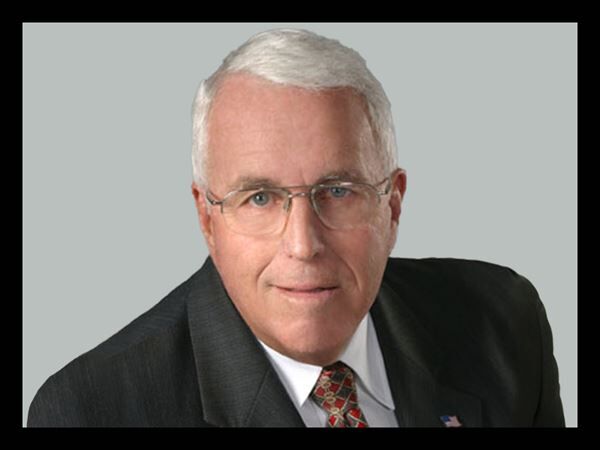Everyday Economics: Data blackout: Why the growth narrative doesn't hold up
National News

Audio By Carbonatix
3:55 AM on Monday, October 13
(The Center Square) – The federal shutdown has darkened the dashboard. Key September releases are delayed – most notably CPI now slated for Oct. 24, just days before the Oct. 28–29 FOMC meeting – leaving policymakers and markets to triangulate from private indicators and Fed speak.
Everyday Economics 10.14.2025
Fed officials, however, aren’t silent. Governor Christopher Waller told CNBC he supports lowering rates but “not aggressively and fast” given conflicting signals: a weakening labor market alongside firm GDP and still-elevated inflation. Waller has repeatedly argued that the recent inflation bump is likely temporary and has emphasized the rising risks from a weakening labor market.
Jobs: Stagnation with few pockets of strength
With BLS updates halted by the shutdown, the freshest official snapshot is August: payrolls +22k, with gains concentrated in health care, retail, transportation/warehousing, and leisure & hospitality. Federal government employment declined and construction has slipped for three straight months, underscoring cyclical vulnerability as the housing pipeline matures. Private-sector trackers also point to a softening labor market.
GDP: Big headline, mechanical tailwinds
Real GDP rose 3.8% SAAR in Q2, a sharp rebound from –0.6% in Q1. But composition matters. BEA attributes the Q2 step-up primarily to a decrease in imports (imports subtract from GDP) and firmer consumer spending, partly offset by a large inventory drawdown. That mix flatters the headline without proving underlying momentum has re-accelerated.
What about all the AI spend? A production-function lens
A clean way to read the quarter is through:
ΔlnY≈ΔlnA+αΔlnK+(1−α)ΔlnL
Here A – total factor productivity (TFP) – is the portion of output growth not explained by measured inputs; it captures technological and organizational efficiency. It’s technological progress that shifts the production frontier—what many hope to see from an AI boom.
The San Francisco Fed’s utilization-adjusted TFP (which strips out “running the same machines and people harder”) shows weak, volatile gains on a four-quarter basis – about 0.24% through Q2 – hardly the signature of a tech-led upswing.
So what powered Q2 if not a TFP surge or a jobs boom? Two things: capital services and utilization. Nonresidential investment showed strength in intellectual-property products (software, R&D, entertainment originals) and equipment – exactly where the AI/data-center wave hits the accounts. Those outlays raise the services capital provides (more/newer servers, software, and machines per worker), boosting output per hour even without a step-up in underlying efficiency. That’s classic capital deepening: higher output per worker with technology held fixed. Likewise, running plants hotter lifts measured productivity but, by design, does not raise utilization-adjusted TFP.
That pattern – faster output per hour with contained cost pressure – is exactly what you’d expect when firms lean on capital deepening and tighter operations rather than a broad TFP acceleration. Indeed, in Q2, nonfarm business labor productivity rose 3.3% SAAR while unit labor costs increased just 1.0% – friendly for margins, consistent with better tools and higher utilization, not proof of a step-change in TFP.
What would a rise in TFP look like?
A genuine TFP upswing would lift potential growth – more output for the same labor and capital – showing up as sustained gains in utilization-adjusted TFP, broader productivity strength across industries, better-behaved unit labor costs (supporting real wages and margins), and less reliance on import compression or inventory arithmetic. It would eventually pull investment and hiring along on improved expected returns.
Conclusion
Take Waller at his word: the recent uptick in inflation is likely temporary, and a cooling labor market is the bigger risk. That argues for cuts – just not fast ones. Q2’s strong headline leaned on import arithmetic, inventory drawdowns, and capital deepening rather than a durable lift in efficiency or broad hiring. Policy should tilt toward easing to cushion slowing growth, but proceed in small, data-dependent steps: cut because labor is softening and the inflation bump looks transitory. Until we see a clearer rise in TFP or a broadening in jobs, the economy rests on a shaky base – despite heavy AI-related capex.







